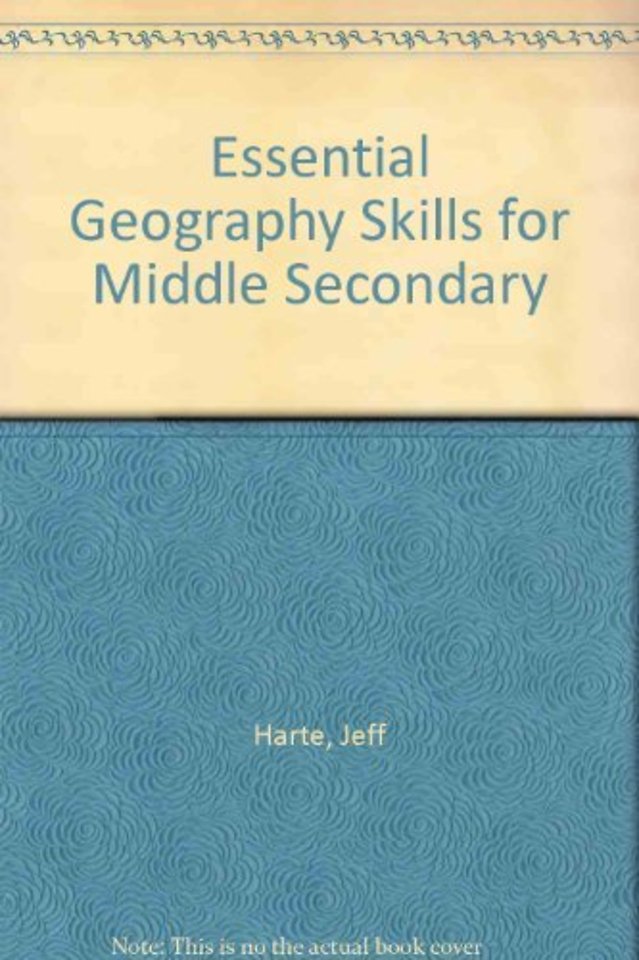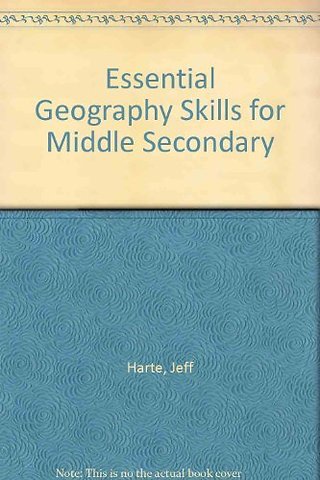Skills for syllabus topics; Preface; Part 1. The geographer's toolkit; 1.1. Drawing and interpreting: Precis maps, Flow-line maps, Isoline maps, Dot maps, Choropleth maps; 1.2. Topological maps and cartograms - Using the key; 1.3. The shape of the land: Contour lines, Cross-sections; 1.4. Weather maps: Isobars, Pressure cells, Wind direction and wind speed, Interpreting synoptic charts; 1.5. Logarithmic scales; 1.6. Ternary graphs: How to read ternary maps, Using ternary and other information; 1.7. Circular graphs; 1.8. Ray diagrams: Wind roses - a special case; 1.9. Proportional symbols; 1.10. Population pyramids; 1.11. Scatter graphs: Correlation, Line of best fit, Using correlation in the field; 1.12. Transect diagrams; 1.13. Land system diagrams; Part 2. Working with photographs; Comparing scales of photographs; 2.1. Types of photographs: Ground-level photographs, Aerial photographs; 2.2. Photo sketches; Part 3. Using technology; 3.1. Using your computer: CD-ROMs, Geography and the Internet; 3.2. Geographic Information Systems; Part 4. Working in the field; The importance of fieldwork in Geography; 4.1. Making your own map: Method, The final stages; 4.2. Slope surveys: Method, A dune profile; 4.3. Soils: Describing soils; 4.4. Writing a field report: Structure; 4.5. Vegetarian communities: Checklist, Determining tree height, Quadrat surveys, Some common types of vegetation.; 4.6. Rivers running: Stream discharge, Bed profile; 4.7. The Junior Geography Project: Questions to consider; Part 5. Topographic maps; 5.1. Working with topographic maps: An example; 5.2. Using topographic maps to integrate map, graph and statistical skills: A forest environment - Bega Valley, A remote environment - Proserpine, A subtropical environment - Innisfail; Glossary; Answers to exercises

